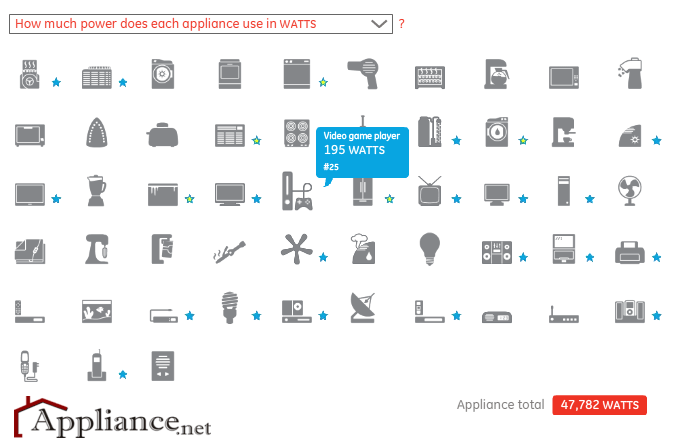A portable electric heater can be a great convenience in cold weather, but if not used properly can be a fire or electric shock hazard. The Association of Home Appliance Manufacturers (AHAM) has developed this helpful list of tips for safely using a portable electric heater. Take time to review the information in
this guide, as well as the use and care manual provided by the manufacturer.
These safety tips apply to all types of portable electric heaters.
-
Read the manufacturer’s instructions and warning labels before using your portable electric heater.
spacer
DO NOT leave operating heater unattended and always unplug heater when not in use.
DO NOT use your heater with a power strip or extension cord. Overheating of a power strip or extension cord could result in a fire.
String out cords on top of area rugs or carpeting. Placing anything, including furniture, on top of the cord may damage it.
Keep combustible materials, such as furniture, pillows, bedding, papers, clothes and curtains at least three feet from the front of the heater and away from the sides and rear. DO NOT block heater’s air intake or exhaust source.
Keep flammable materials away from the heater.
Unless the heater is designed for outdoor use or in bathrooms, DO NOT use in damp or wet areas. Parts in the heater may be damaged by moisture.
Check periodically for a secure plug/outlet fit. If the plug does not fit snugly into the outlet or if the plug becomes very hot, the outlet may need to be replaced. Check with a qualified electrician to replace the outlet.
Unplug the heater when not in use by pulling the plug straight out from the outlet. Inspect the heater’s cord periodically. DO NOT use a heater with a damaged cord.
DO NOT plug any other electrical device into the same outlet as your heater. This could result in overheating.
Heaters should be kept away from children and not be placed in a child’s room without supervision.
Place heater on a level, flat surface. Only use heater on table tops when specified by the manufacturer. DO NOT place your heater on furniture. It could fall, dislodging or breaking parts in the heater.



